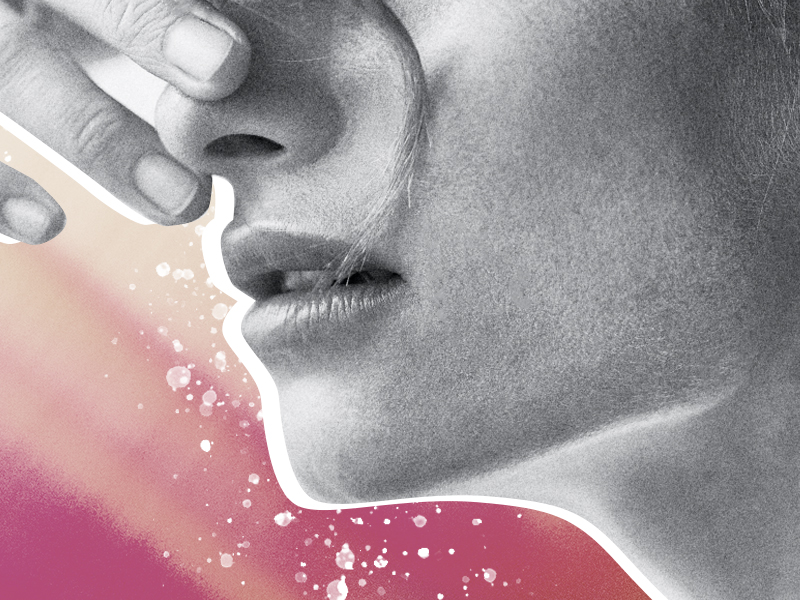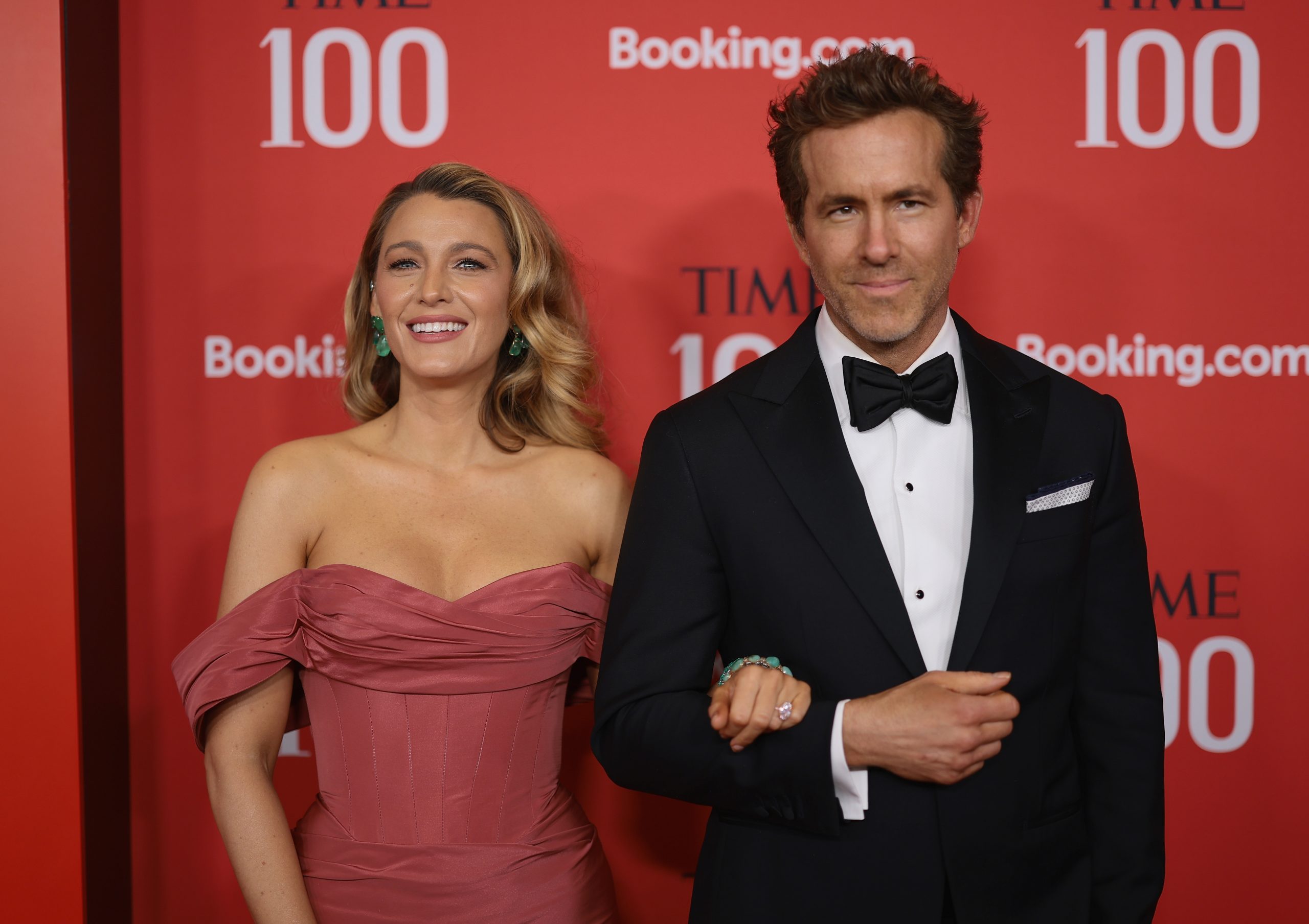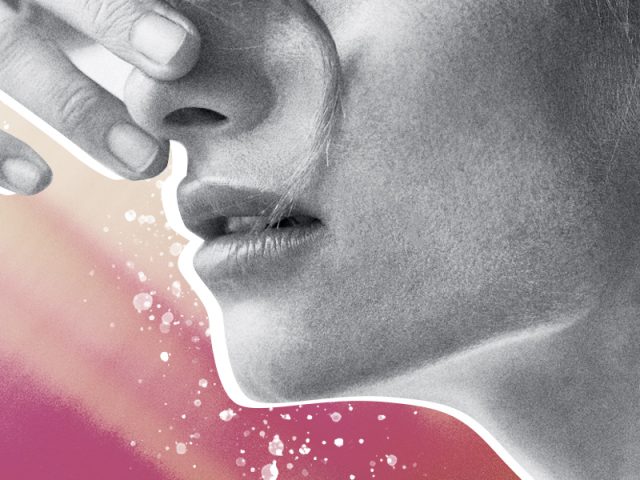
Sometimes it’s enough to choose an orthodontist’s office instead of plastic surgery to solve aesthetic problems such as the presence of a “second chin”, nasolabial folds or facial asymmetry.
How do teeth affect appearance?
Incorrect bite, position, physiological reduction or absence of teeth – all this ultimately affects how our face looks.

Vladimir Losev, chief physician of the Megastome clinic
“Relatively speaking, a person’s face can be divided into three parts of equal height: upper, middle, and lower. The bite is responsible for the height of the lower third of the face. Over time or with the above problems, the height of the lower jaw may decrease because the lower jaw begins to be placed closer to the upper than necessary. And this fact cannot but affect our appearance.
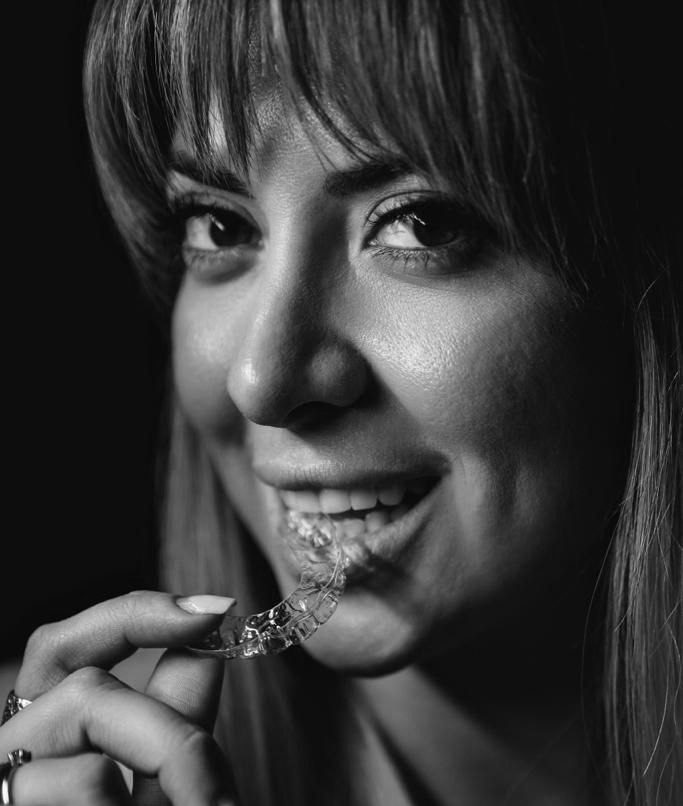
Regina Ilyuk, orthopedic dentist, Star Smile specialist
“One of the common causes of asymmetry in the lower part of the face is improper closure of the front teeth. Therefore, asymmetry, oval face or “second chin” may appear on the lips. In this case, cosmetic treatment and filler injections will not help to maintain the correct proportions, but the help of an orthodontist is needed.”

Luiza Avtandilyan, founder of the Smile Studio clinic
“The most common malocclusion problems include:
– Slightly open mouth
– Presence of sunken cheeks;
– Lowering the corners of the mouth;
– Asymmetry formation;
“Shut up.”
Can the dentist replace the beautician and plastic surgeon?
In some cases, yes. Therefore, dentists unanimously instruct to undergo an examination with an orthodontist before sitting in the chair of a beautician or plastic surgeon. For example, the presence of a sloping or pushed back chin or a “floating” oval of the face is a reason for many to turn to a plastic surgeon or cosmetologist. In the first case, for mentoplasty – chin correction with an implant. In the second, for the correction of chin and jaw angles with fillers. But the chief physician of the Megastom clinic, Vladimir Losev, says that the main reason for the changes may not be genetic features that immediately come to mind, but rather distal bite in the first case, and tooth wear in the second case.
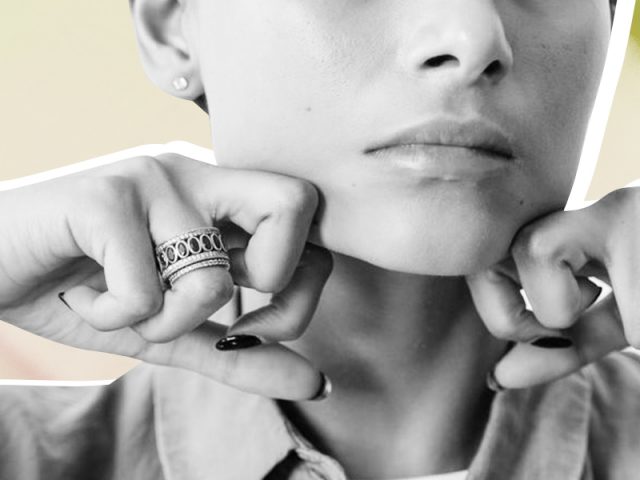
However, problems such as nasolabial folds are a natural aging process. They can occur in adulthood even in girls with a perfect bite, according to Regina Ilyuk, an orthopedic dentist. In this case, it will be more effective to go to a beautician.
What aesthetic problems can a dentist solve?
If there is a bite problem behind the defect, according to Regina Ilyuk, girls can count on correcting problems such as:
— Jaw. In addition to a beautiful smile, one of the most striking results in malocclusion treatment is the change in the chin. And there are two options here. If the jaw is now pushed back and appears visually disproportionately small and the soft tissues underneath are sagging, the teeth will close properly when the bite is corrected and the jaw will become proportional to the face. On the contrary, if the lower jaw seems too large and the face itself is gloomy in a relaxed state, the treatment will allow you to adjust the size of the lower part of the face to a smaller side.

— Nasolabial folds. The appearance of nasolabial folds at a very young age is a clear sign of bite problems.
— Nose. Of course, bite correction cannot cause noticeable changes, but visually the nose will look more proportional due to changes in the lower part of the face.
— Face oval. Malocclusion – violation of the position of the teeth, their crowding and absence of gaps. At the same time, all soft tissues no longer have sufficient support and they begin to sag prematurely. Therefore, correction of the bite will ultimately positively affect the entire face.

And in what ways?
First of all, you should understand that the dentist does not set himself the task of saving the patient from nasolabial folds or aging of the lower third of the face. Such changes are a result of the orthodontic treatment that the patient is seeking. Vladimir Losev identifies the following indications for this type of treatment: bruxism (night grinding of the teeth), erosion of the teeth or the presence of malocclusion. In some cases, the indications are: headache, tinnitus, sleep apnea, etc. The task of the dentist is to restore the correct position of the lower jaw, which will increase the distance between the jaws and, in turn, restore the height of the lower third of the face.

The method of treatment depends on the indications and problems of the patient. Luiza Avtandilyan highlights several methods:
– Orthodontic with aligners and braces;
– Orthopedic with removable and fixed prosthesis;
— Surgical treatment of jaw bone and soft tissue disorders.
Source: People Talk
I am Anne Johnson and I work as an author at the Fashion Vibes. My main area of expertise is beauty related news, but I also have experience in covering other types of stories like entertainment, lifestyle, and health topics. With my years of experience in writing for various publications, I have built strong relationships with many industry insiders. My passion for journalism has enabled me to stay on top of the latest trends and changes in the world of beauty.

